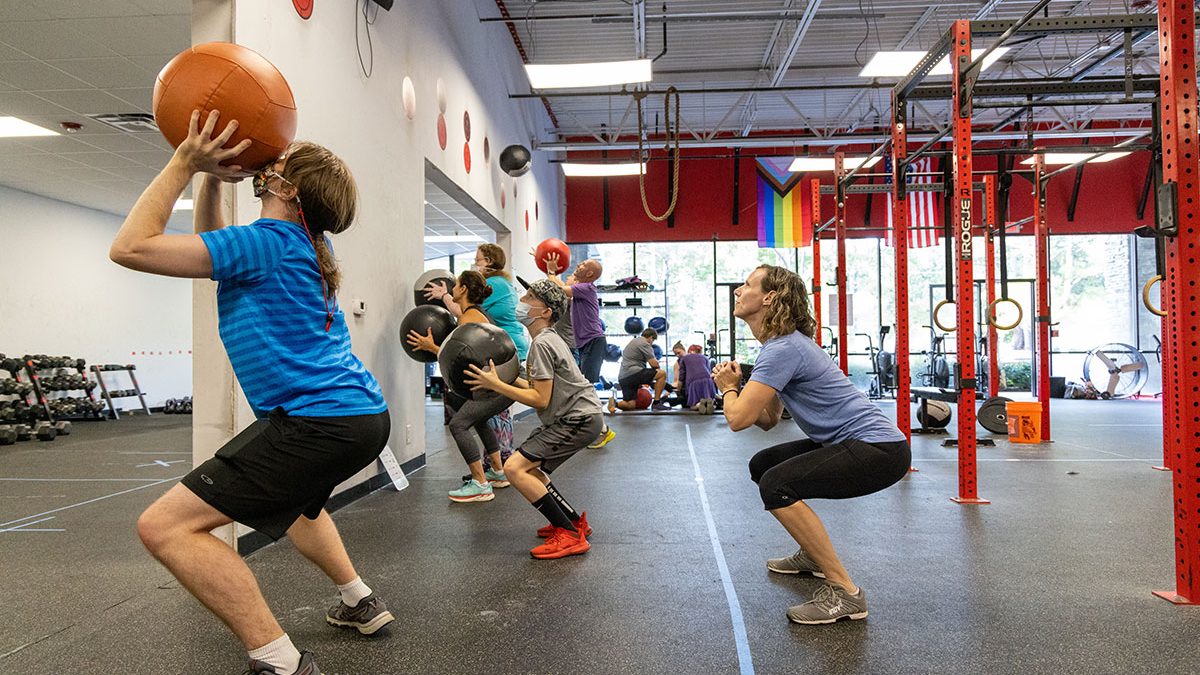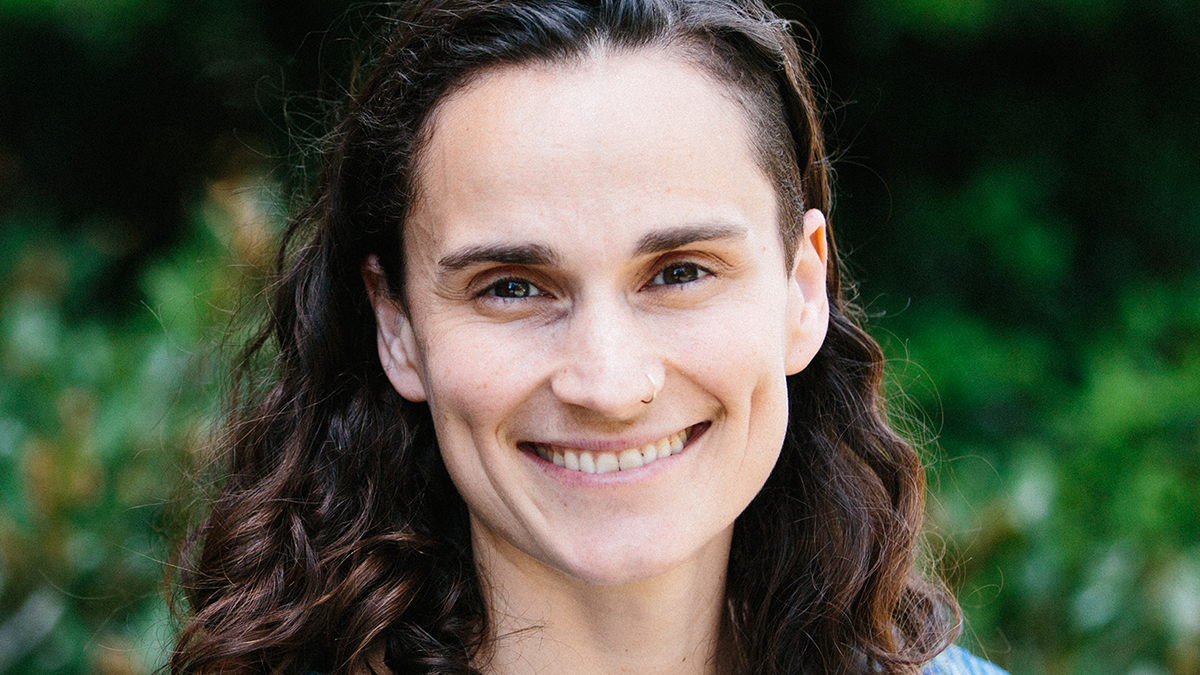Learning the Creative Process
Published on February 5, 2023Engaging in creativity goes long before the eureka moment

Engaging in creativity goes long before the eureka moment
Creativity isn’t just for writing books or creating masterpieces for museums and music halls. It’s a skill that all of us need to tap into.
“Everybody faces problems and challenges in their lives that don’t have an obvious and easy solution,” said Keith Sawyer, the UNC School of Education’s Morgan Distinguished Professor in Educational Innovations. “For problems like that, you are going to need to engage in creativity. You can’t just use an algorithm or look it up on the internet. That’s true for most important things in our lives. There is rarely a straightforward answer, or else you would have answered it last week.”
Sawyer’s research has followed artists, designers and writers to see behind that curtain. In particular, he looks at how professors in these disciplines teach their students to explore the creative process.
Through his work, he’s found eight habits of mind that can help strengthen your grasp on the creative process. For example, one of the habits of mind is paying more attention to the world around you — little things like the window shapes on a building, what colors people are wearing or even pieces of trash on the sidewalk. Those details we hurry past every day can ultimately be material later used for creative thinking.
The best thing you can do, Sawyer said, is to get started — start exercising your creative brain, start writing down your ideas and start adapting your thinking habits to accelerate the creative process.
“The good news is, everybody can be creative,” he said. “The less good news is that it’s hard work. If you’re serious about being creative, you’re going to have to invest some energy and time. There’s no shortcut to creativity.”





